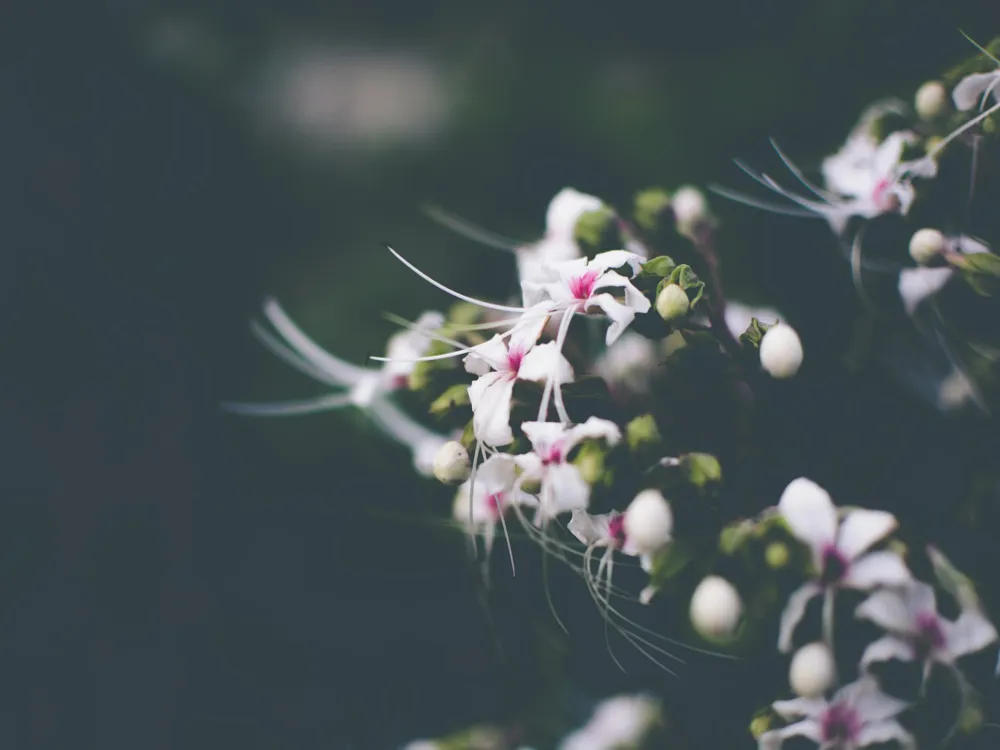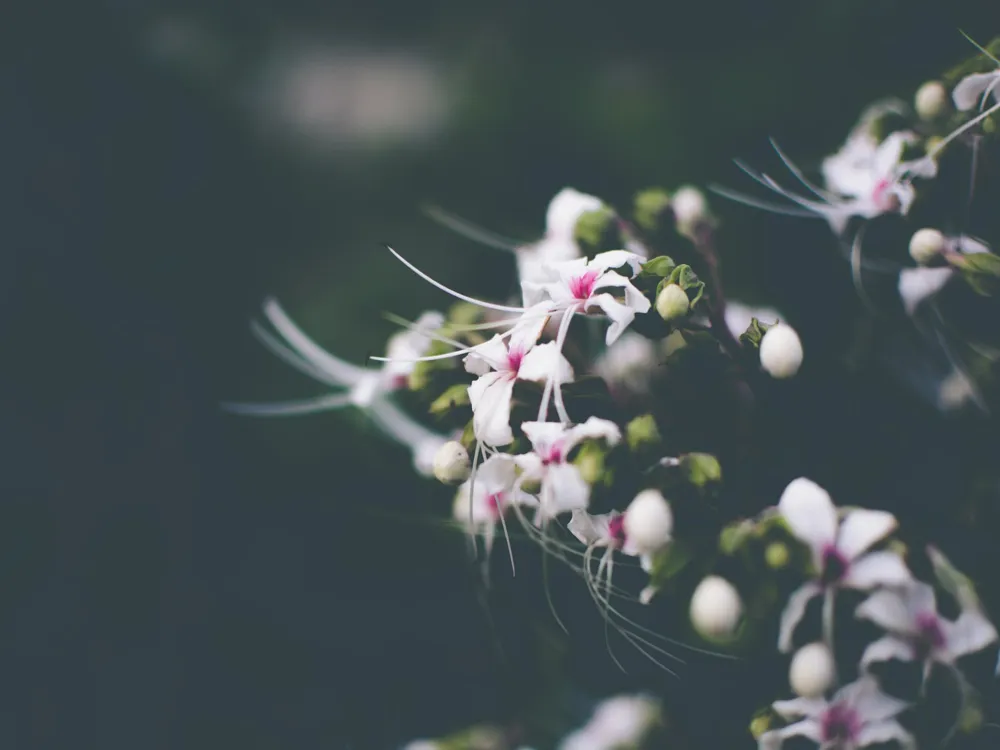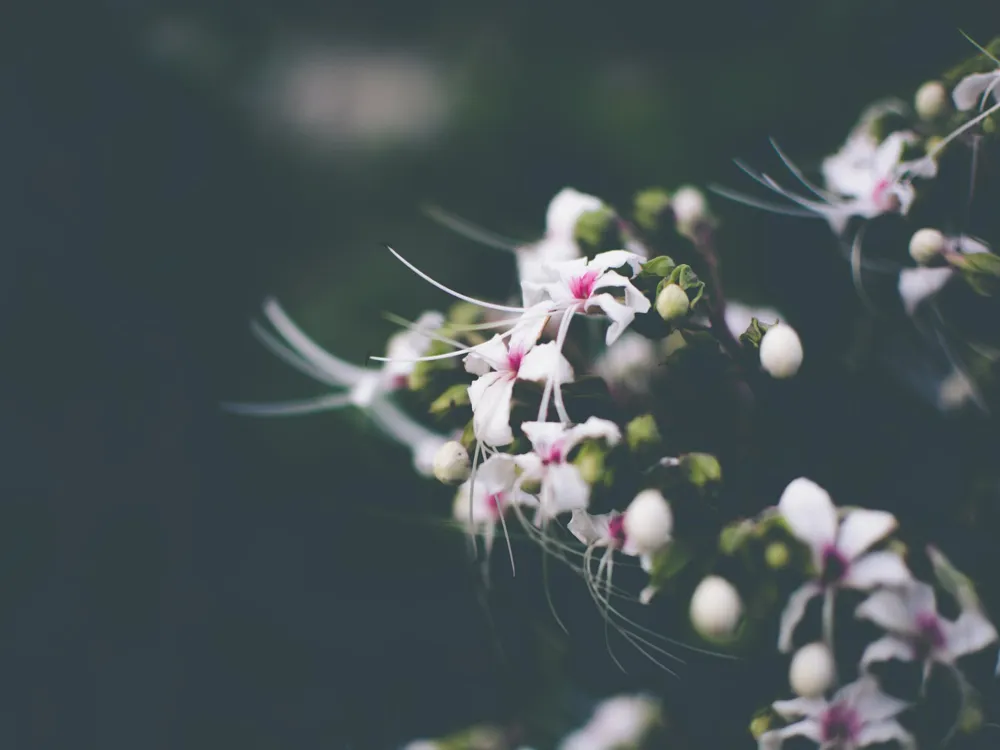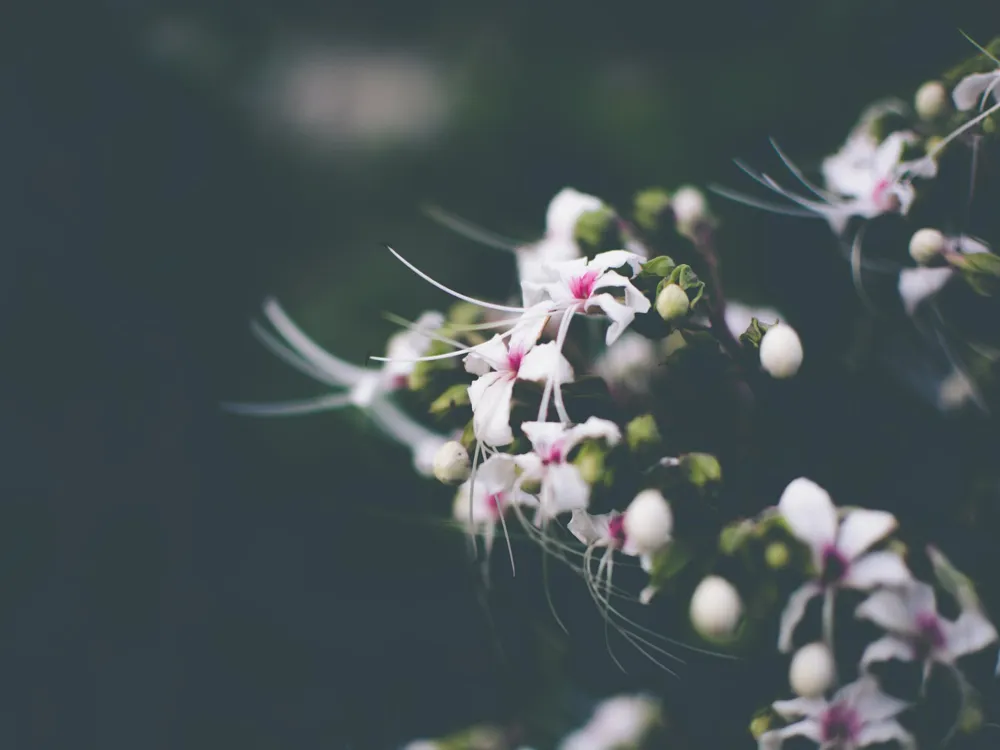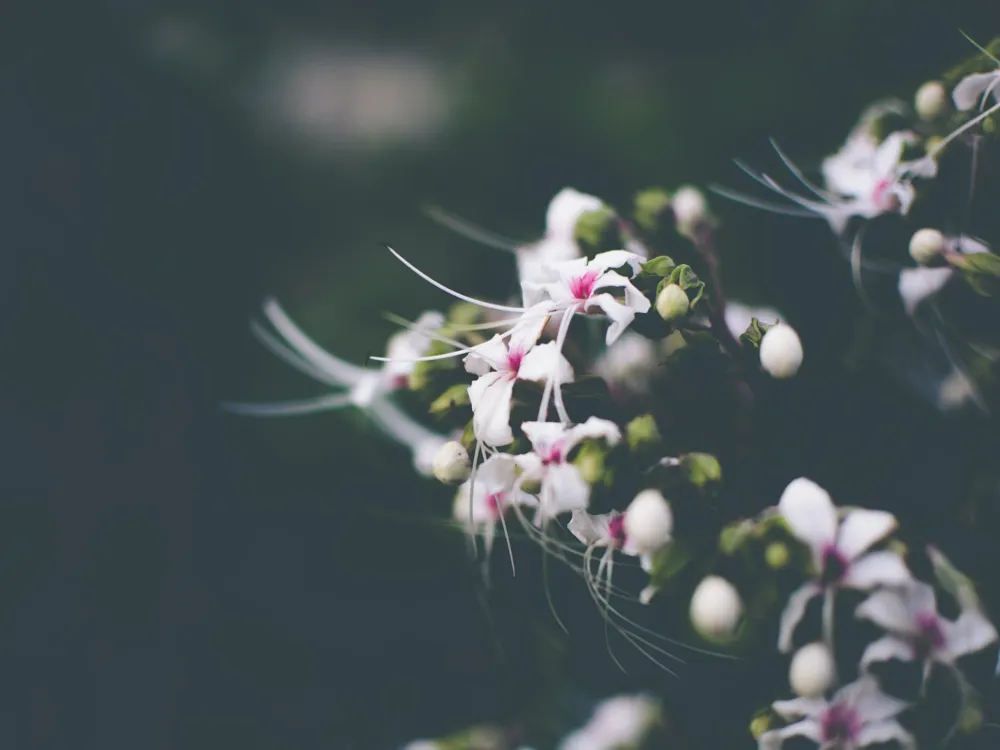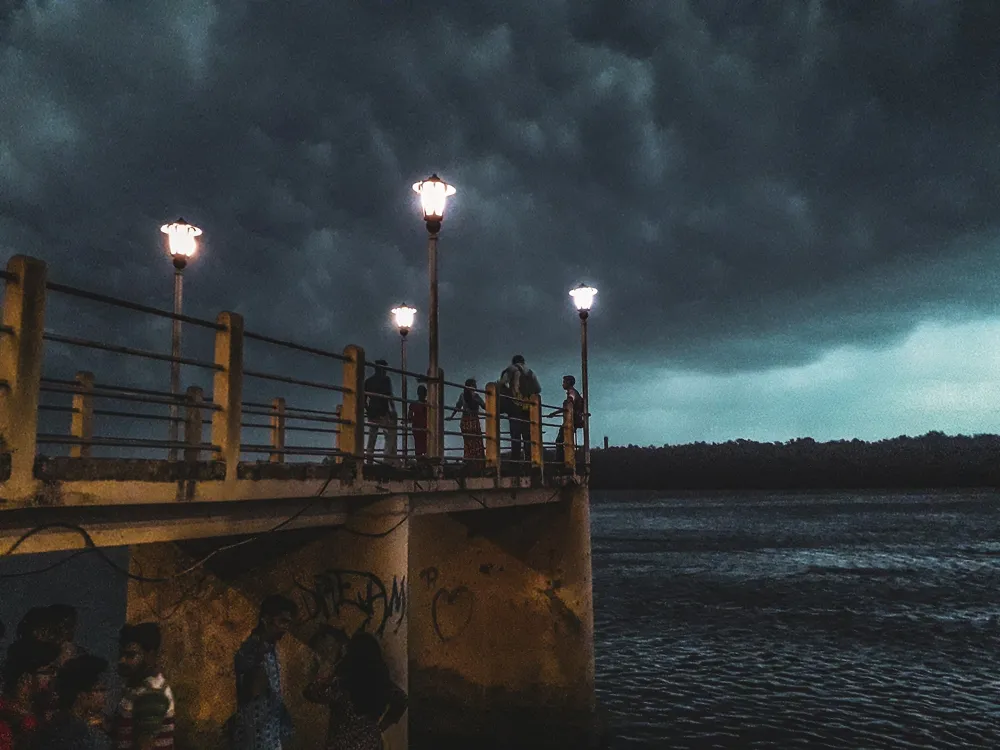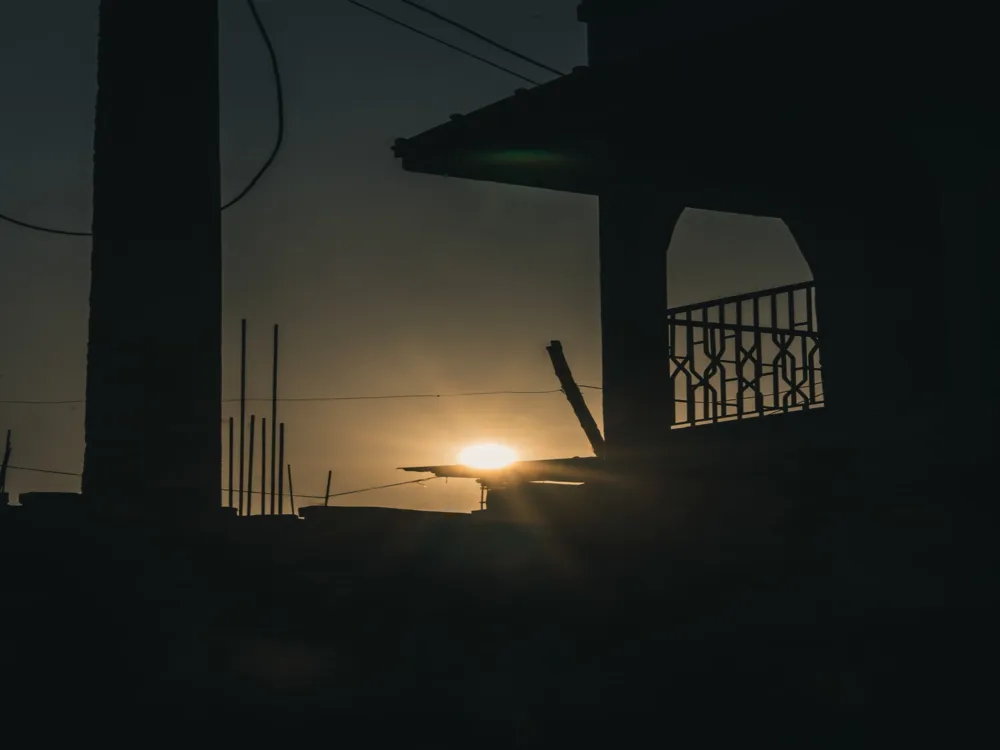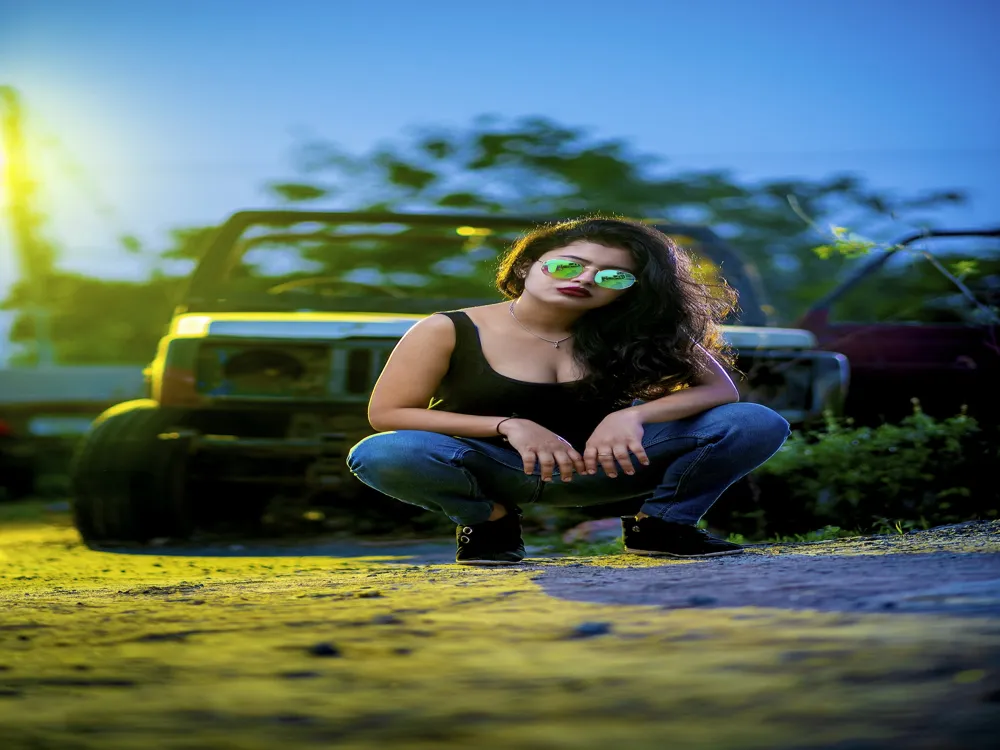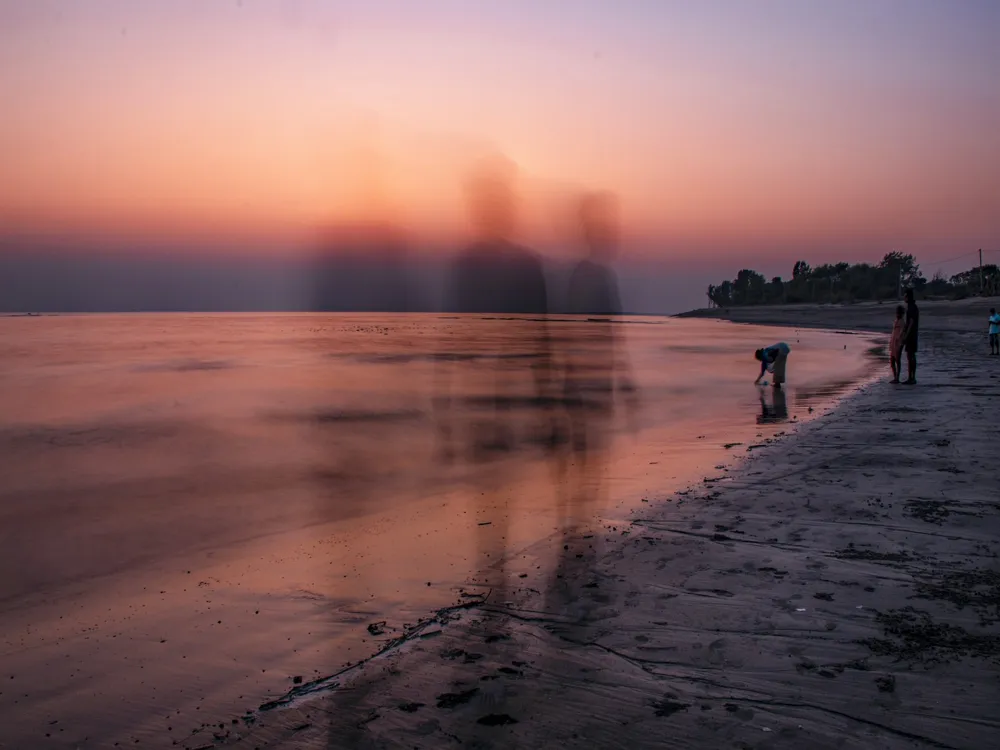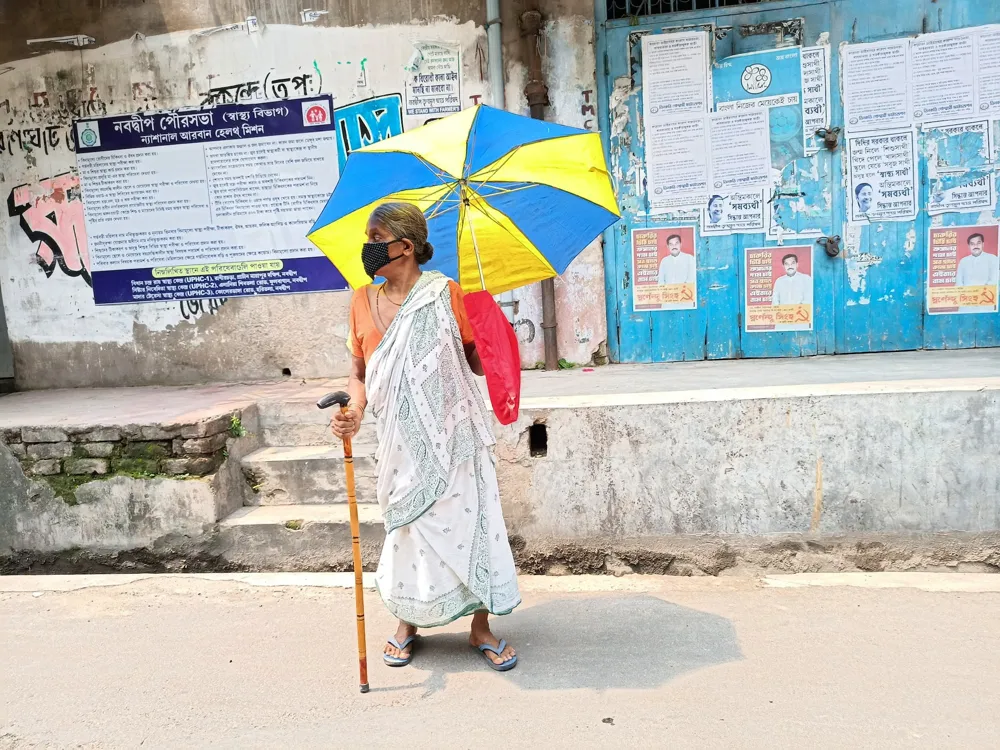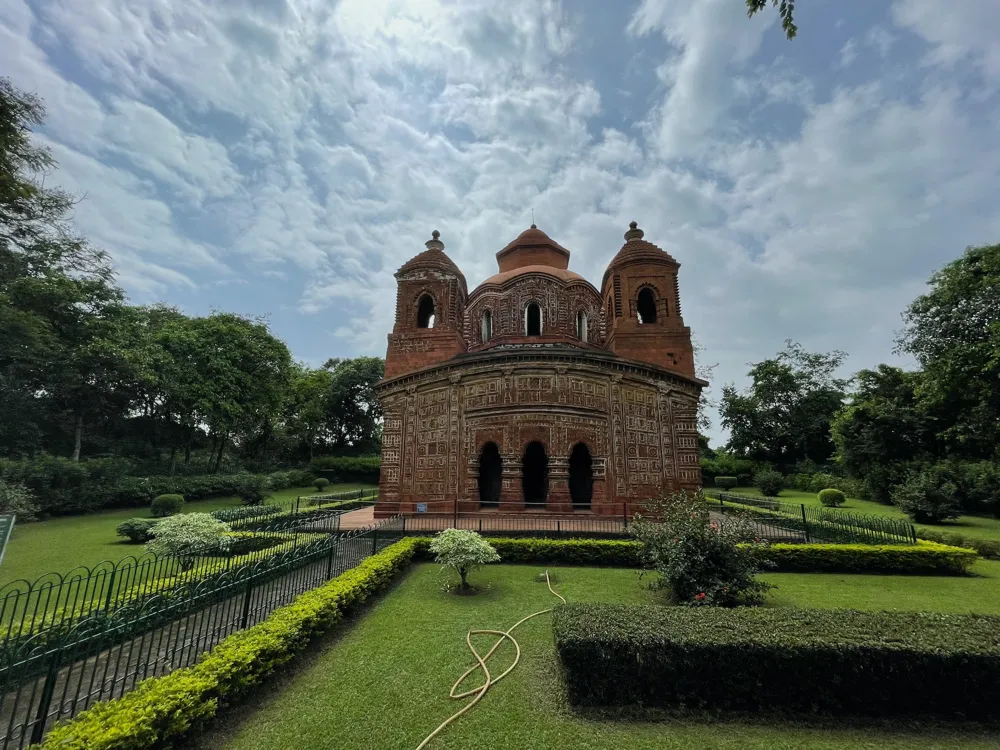The Calcutta Jain Temple, an exquisite emblem of spiritual and architectural grandeur, is nestled in the heart of Kolkata, West Bengal. Established in 1867, this temple, also known as the Parshwanath Temple, is a pivotal center for Jain culture and heritage in India. Its significance extends beyond religious boundaries, attracting visitors from various parts of the world, drawn by its unique blend of spiritual aura and architectural beauty. This sacred shrine, dedicated to the 10th Jain Tirthankara, Sri Sitalnath Ji, stands as a testament to the rich Jain tradition. The temple complex is divided into four temples, the main temple being dedicated to Parshwanath, the 23rd Tirthankara. The other three shrines honor Dadaji Garu, Kushalji Maharaj, and Chanda Prabhujidev. The complex is not just a place of worship but a beacon of peace and tranquility amidst the bustling city life of Kolkata. The architecture of the Calcutta Jain Temple is a confluence of traditional Jain designs and modern architectural elements. The intricate carvings, reflective marble floors, and ornate pillars speak volumes of the craftsmanship and artistry of the era. The temple’s walls and pillars are adorned with mirrors and colored stones, creating a mesmerizing play of light and color. The sanctum sanctorum houses the idol of Lord Parshwanath, surrounded by intricate glasswork that amplifies the temple's spiritual ambiance. The temple premises also include a dharamshala (a rest house for pilgrims) and a museum. The museum showcases a collection of rare manuscripts and artifacts related to Jainism, offering insights into its rich history and practices. The Calcutta Jain Temple is not just a place of religious significance; it's a cultural hub, a place of learning, and a sanctuary for those seeking spiritual solace. The Calcutta Jain Temple is a marvel of architectural brilliance, reflecting the ingenuity and skill of its creators. Built in the traditional Jain style, the temple is a fusion of Rajasthani and European architectural elements, making it a unique landmark in Kolkata. The temple’s facade is adorned with intricately carved marble that tells tales of Jain mythology and ethos. The main temple stands majestically with its shimmering spire (Shikhar) that is visible from afar. This spire is an embodiment of Jain architectural principles, symbolizing the pathway to enlightenment. The temple's interiors are equally magnificent, with marble floors and pillars that reflect the sanctity of the place. The sanctum houses the deity of Lord Parshwanath, seated in a lotus position, exuding an aura of peace and divinity. The temple walls are decorated with detailed frescoes and glass mosaics that depict various episodes from Jain scriptures. These artistic creations not only adorn the temple but also serve as a medium to impart the teachings of Jainism. The use of vibrant colors and intricate patterns in the temple's design creates a mesmerizing effect, leaving visitors in awe of its beauty. The temple complex is also noted for its landscaped gardens and serene water bodies, adding to the overall spiritual and aesthetic experience. The blend of nature with architecture provides a tranquil retreat for visitors and devotees alike. The meticulous attention to detail in every aspect of the temple's construction underscores the devotion and reverence of the Jain community towards their religion and cultural heritage. Visitors should maintain a decorum befitting a place of worship. Dress conservatively and avoid loud conversations. Photography inside the main temple may be restricted, so it's advisable to check with the temple authorities beforehand. The temple is open to visitors during specific hours, usually in the morning and evening. Ensure to check the visiting hours before your visit. Entry is free, but donations are accepted. To enhance your experience, consider taking a guided tour. Knowledgeable guides provide insights into the temple's history, architecture, and religious significance. As a sacred Jain site, it’s important to show respect towards the religious practices and customs. Non-vegetarian food, alcohol, and smoking are strictly prohibited within the temple premises. The temple is accessible to the differently-abled, with ramps and other facilities available. However, navigating through the crowded streets of Kolkata to reach the temple might be a challenge, so plan accordingly. The Calcutta Jain Temple is well-connected by Kolkata's extensive transport network. Visitors can opt for public transport like buses and the metro, with the nearest metro station being Shyambazar. Taxis and auto-rickshaws are also readily available for a more direct route. For those driving, there is limited parking space available near the temple. Given the central location of the temple in the bustling city of Kolkata, it's advisable to plan your visit considering the local traffic conditions. Read More:Overview of Calcutta Jain Temple in Kolkata, West Bengal
Architecture of Calcutta Jain Temple
Tips When Visiting Calcutta Jain Temple
Respect the Sanctity of the Temple
Timing and Entry
Guided Tours
Cultural Sensitivity
Accessibility
How To Reach Calcutta Jain Temple
Calcutta Jain Temple
Kolkata
West Bengal
NaN onwards
View kolkata Packages
Weather :
Tags : Temple
Timings : 6:00 AM - 10:00 AM & 5:00 PM - 8:00 PM
Time Required : 1-2 hours
Entry Fee : No entry fee
Planning a Trip? Ask Your Question
Kolkata Travel Packages
View All Packages For Kolkata
Top Hotel Collections for Kolkata

Private Pool

Luxury Hotels

5-Star Hotels

Pet Friendly
Top Hotels Near Kolkata
Other Top Ranking Places In Kolkata
View All Places To Visit In kolkata
View kolkata Packages
Weather :
Tags : Temple
Timings : 6:00 AM - 10:00 AM & 5:00 PM - 8:00 PM
Time Required : 1-2 hours
Entry Fee : No entry fee
Planning a Trip? Ask Your Question
Kolkata Travel Packages
View All Packages For Kolkata
Top Hotel Collections for Kolkata

Private Pool

Luxury Hotels

5-Star Hotels

Pet Friendly








